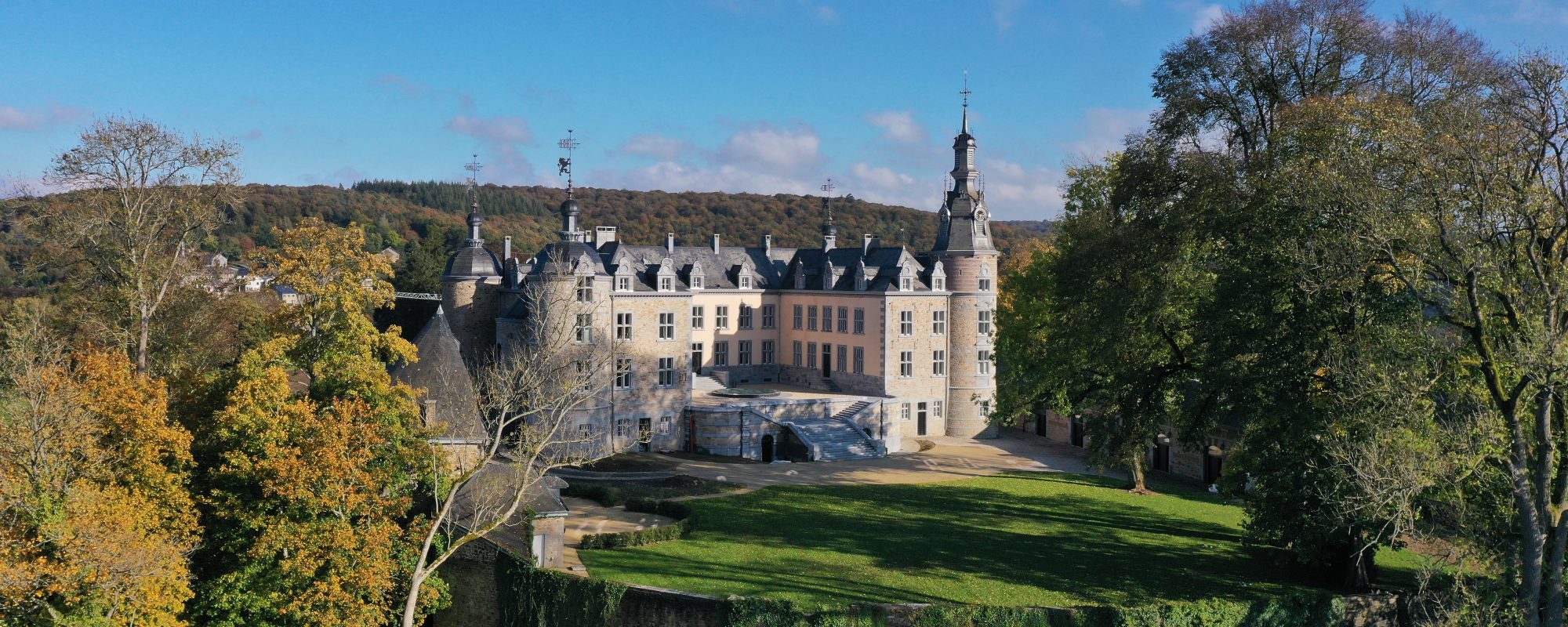
Our villages vary between rural heritage, classified monuments and remarkable sites. Whether castles, farms, churches or abbeys, traditional buildings, rural or natural heritage, discover the must-see Most Beautiful Villages of Wallonia!
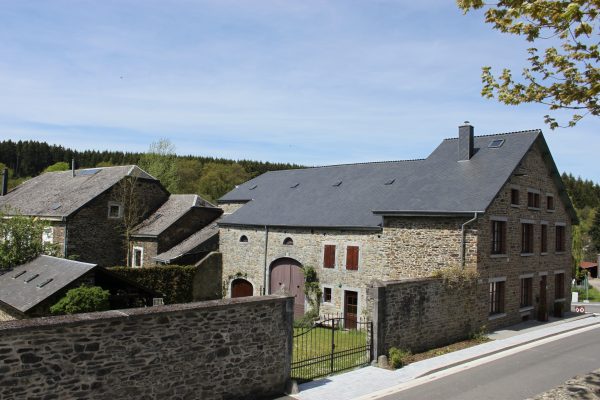
A family farm in the heart of the village.
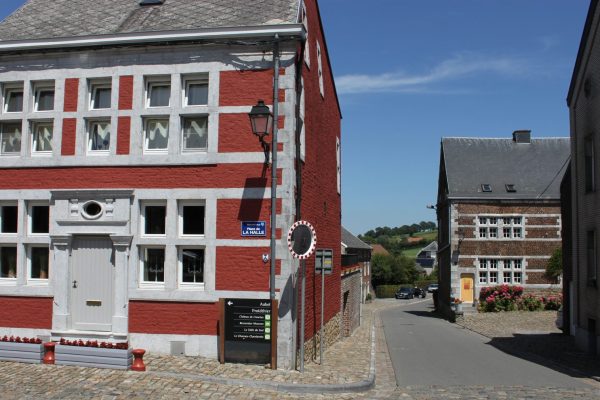
An elegant late 17th century building as the entrance to the Place de la Halle - Listed monument.
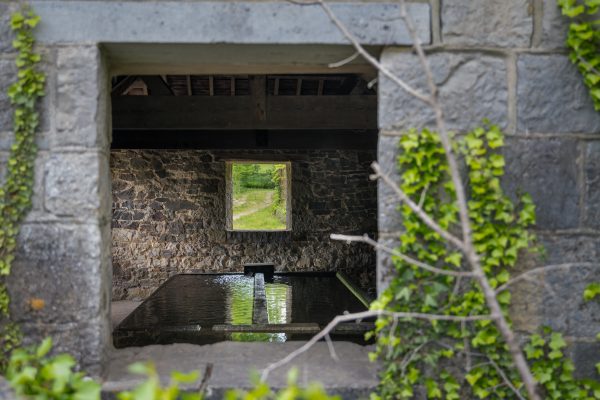
Witnesses of domestic life in the past, the washhouses illustrate the functions linked to water in rural life in the past.
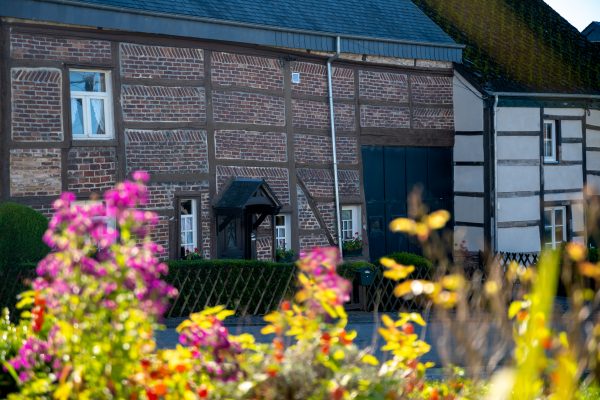
Some of the traditional houses in Mirwart still proudly bear witness to an old building technique.

Where the waters of the Semois meet the foot of the village, the church of Saint-Martin imposes its silhouette on the landscape

Un circuit d’interprétation de 2 km agrémenté de panneaux didactiques guidera vos pas à la découverte du charme pittoresque de la localité…
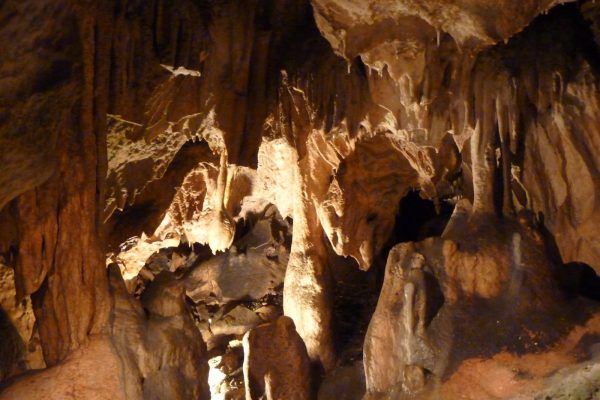
An exceptional and protected prehistoric site - Exceptional heritage of Wallonia
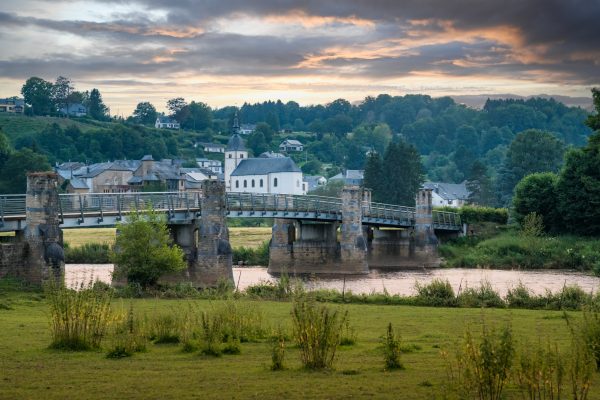
On the ruins of the old tramway bridge that disappeared during the Second World War

Picturesque valley and site of great biological interest "Natura 2000".
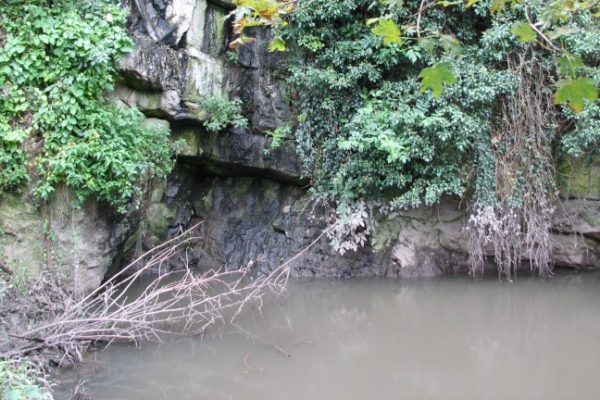
The name comes from the sound of water rushing through the ground and evokes a song.

In the village of Ny, there are qualitative examples of buildings with half-timbered facades or gables.
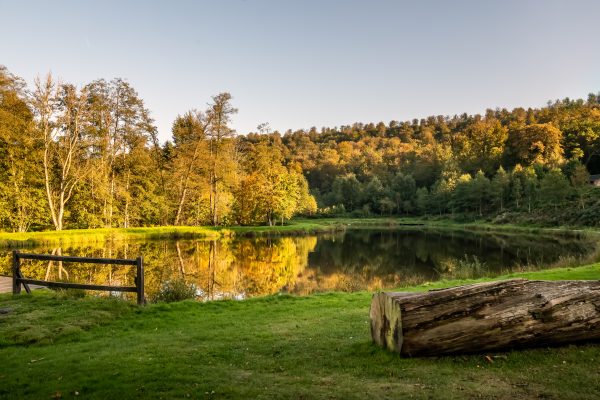
A 1350-hectare forest estate, ideal for walking or strolling
The association Les Plus Beaux Villages de Wallonie (The Most Beautiful Villages of Wallonia) oversees a network of 32 villages, bearers of a strong territorial identity and reflecting traditional architecture. It is committed to promoting the rural, cultural and natural heritage of Wallonia and is a part of the development of local and responsible tourism.
More information